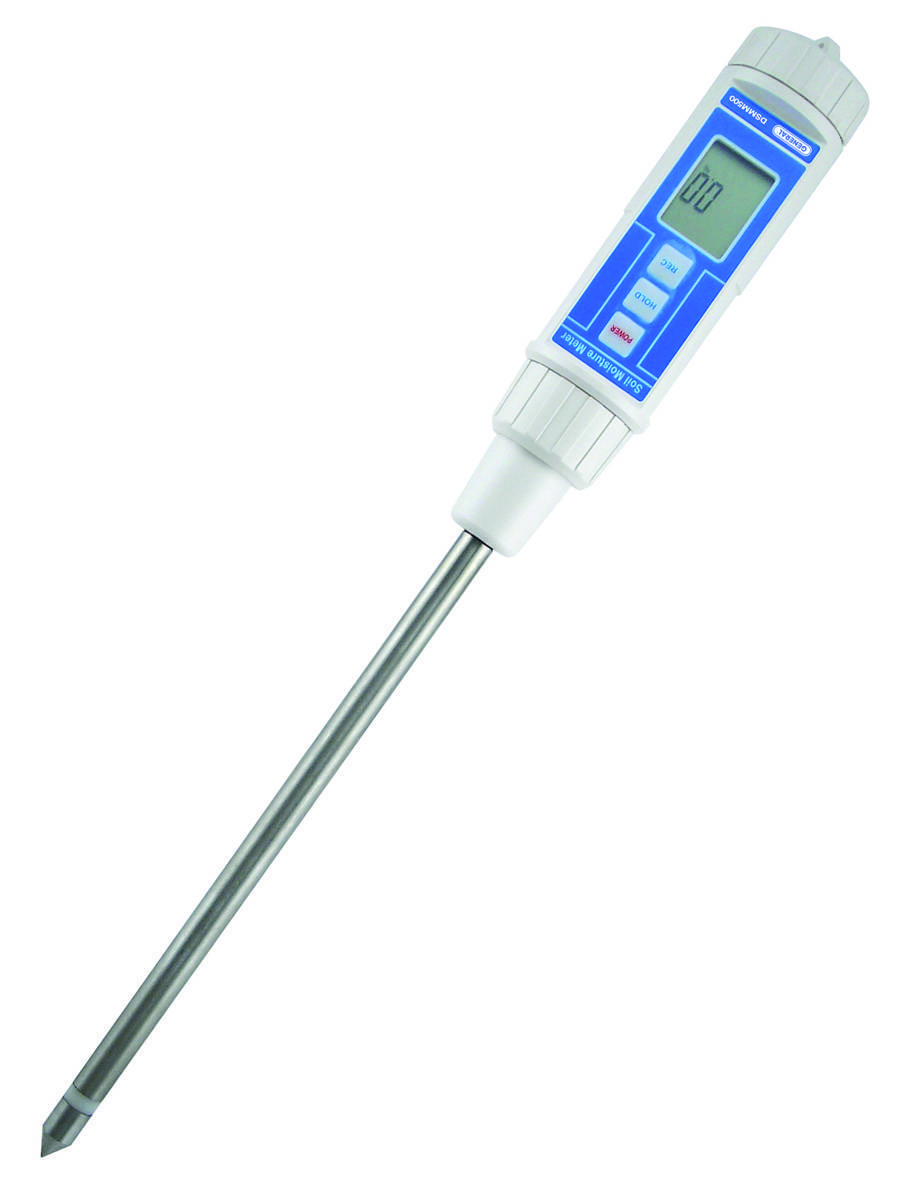Delve Into the World of Wetness Meters: Whatever You Need to Know
In the realm of dampness meters exists a world of precision and usefulness that commonly goes unnoticed. Understanding just how moisture meters operate, the different types available, and their varied uses can lose light on their value in guaranteeing quality and performance.
How Dampness Meters Job
Wetness meters operate by gauging the electric conductivity or capacitance of products to figure out the moisture web content present - Moisture Meter. These meters are vital devices across numerous markets, consisting of agriculture, building, and woodworking. By making use of different techniques such as pin-type or pinless technology, dampness meters offer precise analyses that assist specialists make informed decisions
Pin-type wetness meters work by inserting the sharp pins into the material being checked. On the various other hand, pinless dampness meters make use of electro-magnetic signals to check a bigger location without creating any kind of damages to the product's surface area.
No matter the approach utilized, dampness meters play an essential role in stopping problems such as mold and mildew growth, structural damage, or product problems triggered by excess wetness. Comprehending exactly how these meters work is necessary for making sure the high quality and stability of products in different applications.
Kinds Of Wetness Meters
Offered the essential function moisture meters play in numerous sectors, it is crucial to understand the various kinds available to professionals for properly examining wetness degrees. There are mostly two primary sorts of wetness meters: pin-type and pinless moisture meters.
Pin-type dampness meters utilize 2 pins that are placed right into the product being tested to gauge the electrical resistance between them. This method is generally used for timber, drywall, and various other structure products. Pin-type meters offer precise analyses at particular midsts, making them optimal for identifying wetness slopes.
On the other hand, pinless dampness meters make use of electromagnetic sensing unit plates to scan a bigger area of the material without creating any damages. This type is ideal for swiftly scanning huge areas and is frequently used for flooring, wall surfaces, and ceilings. Pinless meters are convenient for taking readings on finished surface areas without leaving any kind of visible marks.
Both kinds of dampness meters have their advantages and are selected based upon the specific demands of the work at hand. Comprehending the distinctions between these kinds is essential for experts to make precise wetness evaluations.
Applications Throughout Industries
Building specialists depend on wetness meters to examine the wetness levels in building products like concrete, drywall, and wood, which is critical for preserving architectural honesty and preventing concerns like rot or mold and mildew. The floor covering sector utilizes wetness meters to gauge the moisture material in subfloors before mounting numerous floor coverings, stopping pricey problems due to excess wetness. In the food market, moisture meters are made use of to keep track of and control moisture degrees in items such as grains, nuts, and dried fruits to maintain quality and quality.
Tips for Making Use Of Dampness Meters
Make use of the dampness meter's calibration setups to ensure exact readings when gauging the wetness material in various products. Additionally, make certain the meter is set to the right wetness variety for the material you are measuring to get the most exact outcomes.

When making use of a pin-type moisture meter, place the pins to the suitable deepness advised for the product being tested. This makes sure that the moisture blog here readings are taken from the right deepness within the material, supplying a much more precise depiction of its dampness material. For pinless wetness meters, keep in mind to keep proper contact with the product's surface to get trusted analyses.

On a regular basis check and change the batteries in your moisture meter to stop unreliable analyses as a result of low power. When not in use to prolong its lifespan and keep its precision, Shop the meter in a risk-free and completely dry area. By adhering to these pointers, you can maximize the efficiency of your moisture meter and obtain accurate dampness content dimensions throughout various products.

Upkeep and Calibration
To ensure the precision of wetness material dimensions, normal upkeep and calibration of the dampness meter are important steps in its appropriate functioning. Calibration adjusts the moisture see this meter to guarantee that it provides trusted and consistent results.
Calibration needs to be executed occasionally, specifically if the wetness meter is utilized often or in important applications where exact dimensions are required. By adjusting the wetness and keeping meter consistently, customers can rely on the accuracy of the moisture web content dimensions acquired.
Conclusion
Finally, dampness meters play a critical function in various sectors by precisely determining the moisture web content of products. Understanding just how these gadgets work, the various types available, and correct maintenance and calibration are essential for getting trusted results. Whether in agriculture, construction, or production, making use of moisture meters aids guarantee quality assurance and effectiveness in procedures.
Building specialists rely on wetness meters to assess the wetness levels in structure products like wood, concrete, and drywall, which is vital for preserving structural stability and protecting against problems like rot or mold. The flooring industry makes use of moisture meters to determine the dampness material discover this info here in subfloors prior to installing different flooring treatments, avoiding expensive problems due to excess dampness.Utilize the moisture meter's calibration settings to make certain accurate readings when gauging the moisture content in different materials. By complying with these pointers, you can optimize the efficiency of your dampness meter and get precise moisture material measurements across different materials.
In final thought, wetness meters play an essential role in different markets by precisely determining the wetness material of materials.
Comments on “The Science Behind Moisture Meters: Exactly How They Work and Why They're Crucial”